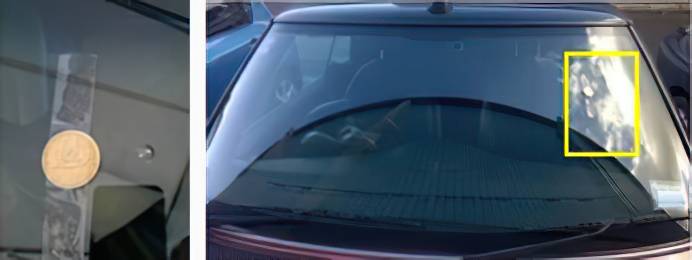Sharing the road with cyclists

Did you know you should ideally leave at least 1.5 metres between you and a cyclist when passing in a car? We’ve outlined a few pointers on what’s expected of both drivers and cyclists so we can all share the road safely.
Hazards to cyclists
It's not easy watching out for hazards on the road as a cyclist. Whether it's dodging potholes, avoiding cars backing out of driveways or steering clear of car doors opening on the main roads. It can all mean a cyclist may need to veer out and into the road and onto your path as a driver so it pays to watch out and give them plenty of space.
Rules for overtaking cyclists
When attempting to overtake a cyclist, you should be allowing at least 1.5 metres of space to do so. If that space isn't available you should wait until there is, even if that means you need to slow down. By the same token, it's always best for cyclists to avoid riding two abreast, especially on narrow roads, so that they are easier to overtake. According to the Road Code, two cyclists can only ride next to each other if they're not holding back traffic, however, three or more is illegal.
What about riding on the pavement?
You may be surprised to learn that cyclists are not actually allowed to cycle on the footpath unless they're delivering newspapers or mail, or are on a 'small wheeled recreational device' (such as a tricycle or small children's bicycle).
What are the rules around cycleways?
There are more cycle lanes being introduced across the country and it's important that drivers are aware of the rules around them. While some cycleways, like the new Northwestern Cycle Route in Auckland are almost entirely off-road, others are connected to the road. When they are connected, you must not drive into the cycle lane for more than 50 metres when you're wanting to enter a driveway or side road. You also can't stop or park on a cycleway at any time.
Who has preference at the intersections?
At intersections, the same rules apply, whether you're a cyclist or a car driver. Note that when it's a busy intersection, cyclists may choose to turn right with what's called a 'hook turn', which means they actually go into the left lane, on the left side, before turning right when there's a gap in the traffic.
What rules should cyclists be obeying?
Just like the road code for motorists, there's also a code for cyclists. One area the Code for cyclists focuses on is ensuring that cyclists remain as visible to motorists as possible. They must have a red or yellow reflector at the back that can be seen from 200 metres away when light shines on it. If they are travelling at night, they are required to have white or yellow headlights too, that can be seen from that distance. At night there must also be either retroreflectors on their pedals, or they must be wearing reflective material. You can find out more details on the NZTA website.






